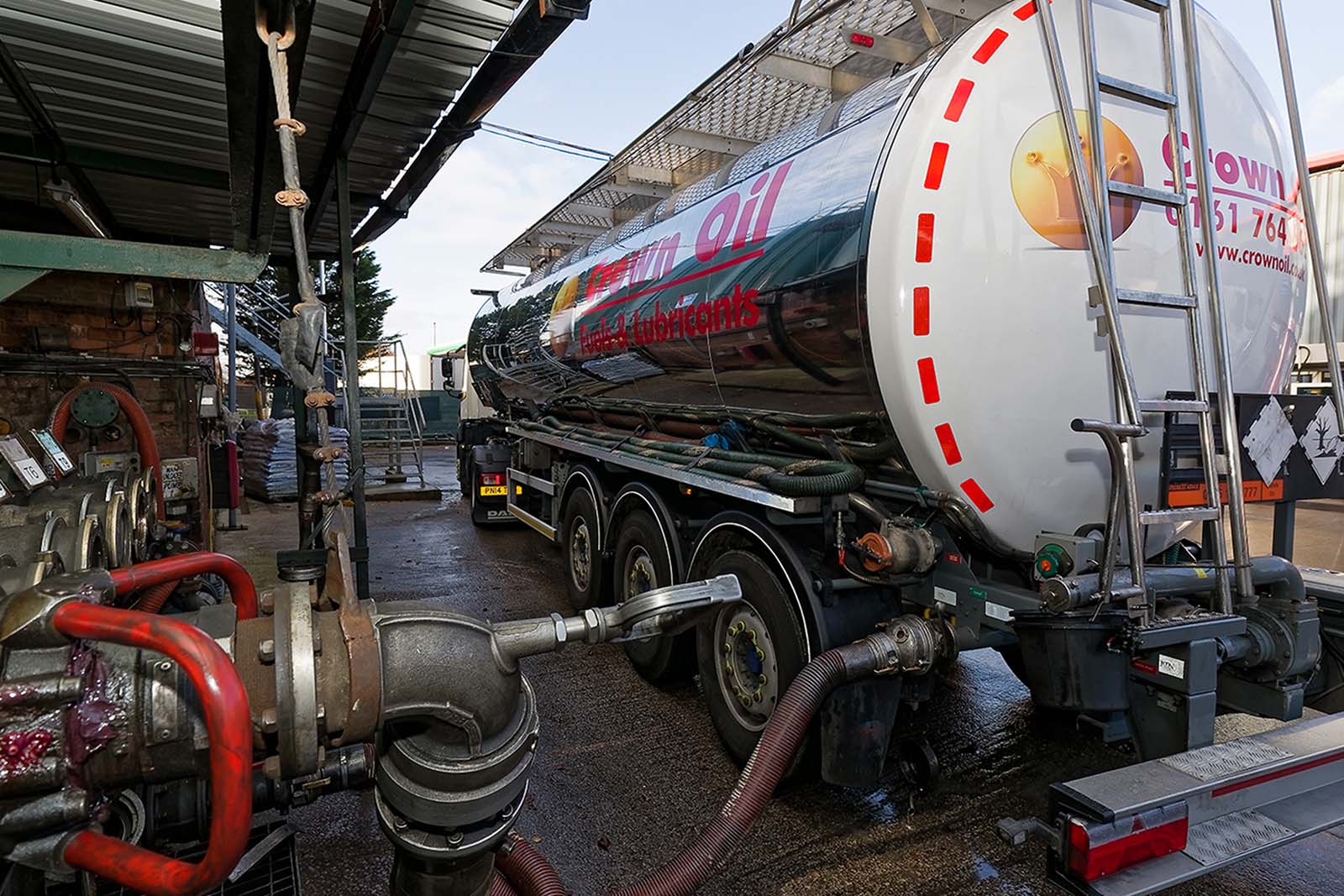The problem
Our team, in collaboration with our partner Rafibra, arrived at our customer’s site in Bristol to carry out our tank lining service on a compartmented 40,000-litre fibreglass fuel tank, which consisted of a 10,000 litre petrol tank and a 30,000 litre diesel tank.
During the initial inspection, we discovered significant water ingress in both compartments. This was caused by the tanks being installed near the water table, a known risk factor in tank installations. Being near or on the water table can lead to a range of serious issues.
Examples include:
- Groundwater contamination
- Tank buoyancy or displacement
- Structural damage due to hydrostatic pressure
To prevent such problems, it’s critical to locate fuel tanks away from the water table, ideally at least 100 feet from a water well. Proper installation and maintenance methods, such as bunded containment and tank lining systems, also play a vital role in mitigating these risks.
Further inspection revealed that one compartment (the petrol tank) had sustained substantial damage due to prolonged exposure to groundwater pressure. Moisture had penetrated the tank walls, seeping into the fibreglass layers and compromising the structural integrity of the tank.
The solution
Working alongside the Rafibra team, our engineers designed a practical and effective solution. We began by drilling a controlled access point around the base of the tank, allowing groundwater to exit the tank through designated outlets rather than continuing to build pressure externally.
We then attached a dedicated pump system to the manmade hole and continuously extracted the water from inside the tank to:
- Reduce the surrounding groundwater pressure
- Dry the tank interior in preparation for lining

With the tank now stabilised and dry, we commenced the fibreglass tank lining process. Due to the extent of the damage to the petrol tank, we reinforced it with six layers of lining – two additional layers were added (one before and one after the interstitial layer) to provide extra durability and protection against future ingress.
Following the lining, we reached a pressure test at 2 bar, monitoring closely to ensure there was no pressure loss. Once the tank passed all integrity checks, it was signed off as complete and returned to service.

“Thank you to you and your team for the works that have been done over the past few months. I know at times it was a difficult task to complete, they saved the tank and completed it all without too many issues. Please thank all the team who worked so hard, an amazing job to see completed. The engineers were good to have on site; nothing was too much trouble and they were thoughtful and friendly at all times to my team. I would recommend your company to any of my colleagues should they ask” – Simon
If your tank is located near the water table or it’s nearing its end of life, our specialist engineers can help. Call 0330 123 3399 to find out more about our specialist tank services.


